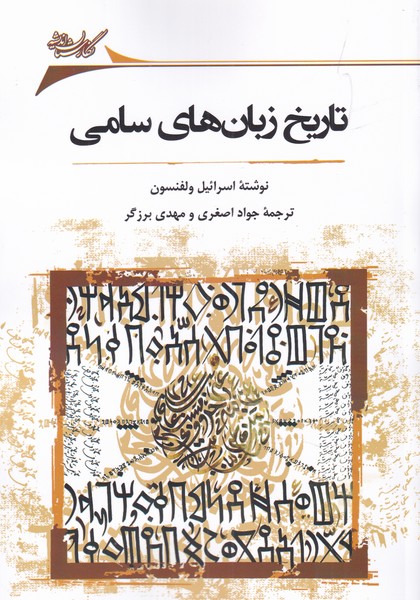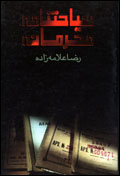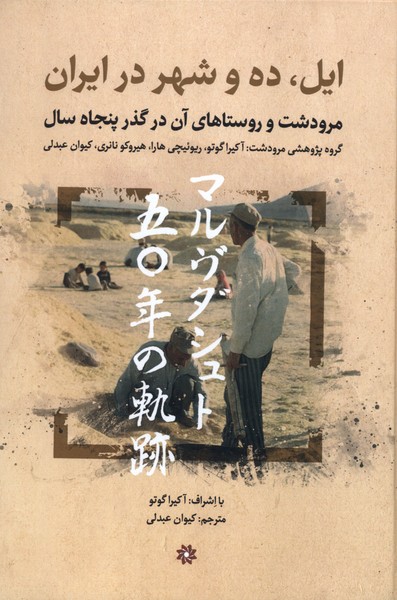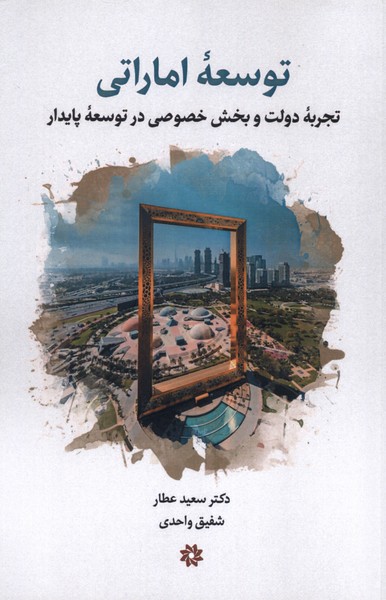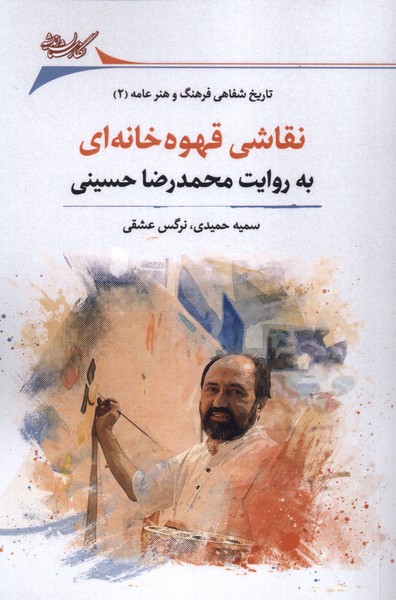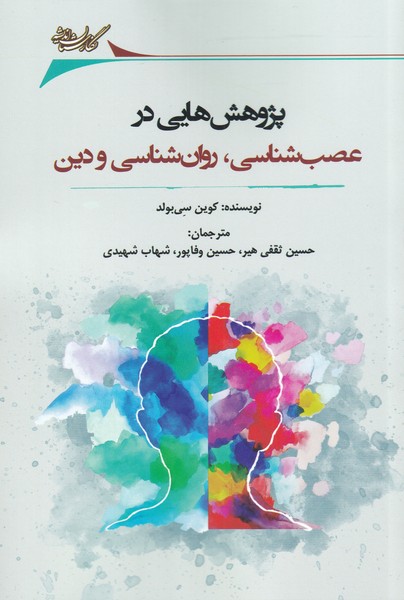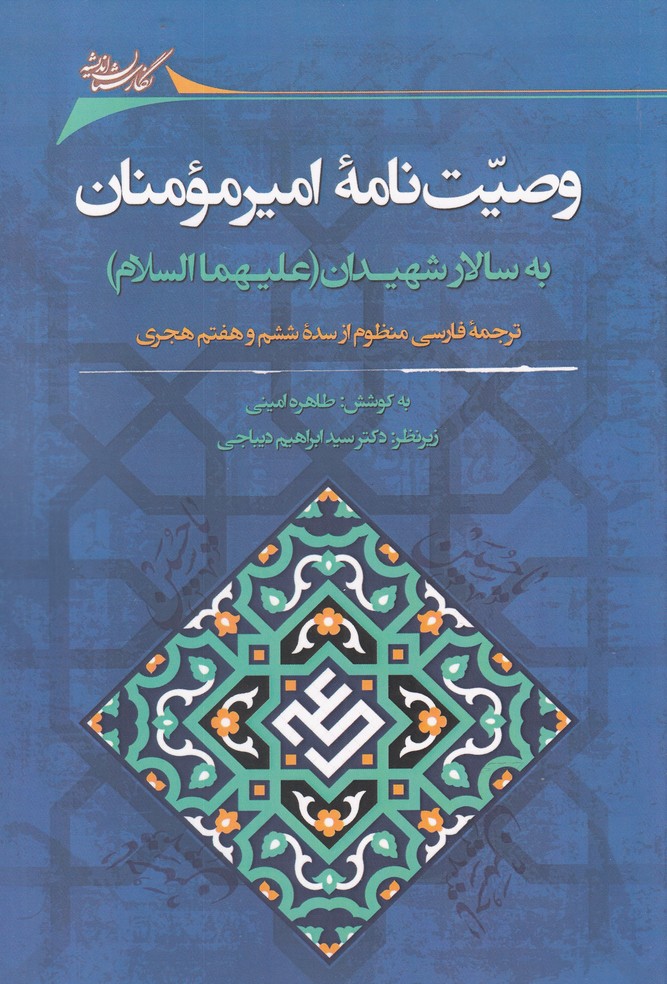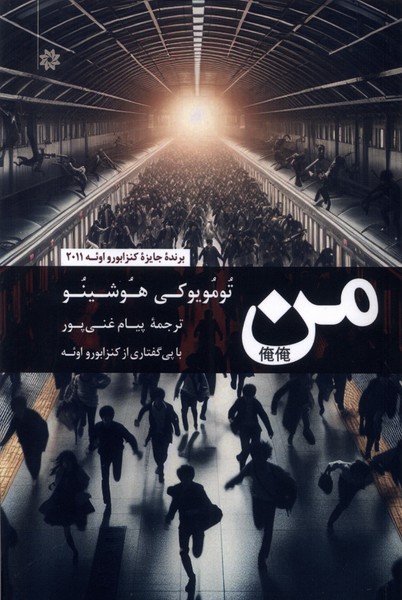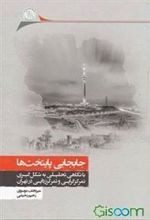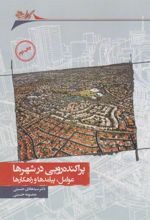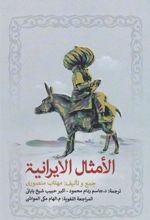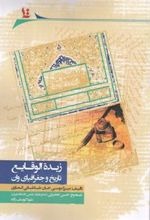Tārīkh-i zabān'hā-yi sāmī: Persian 2021
تاریخ زبانهای سامی
22.16 $
Share
Wishlist
Original Title:
The Semitic Languages
ISBN:
9786226607889
Translator:
Javād Asgharī
Publisher:
Nigaristan-i Andisheh
Age Group:
Adult
Pages:
315
Weight:
294 g
Dimensions:
14 x 21 x 2.8 cm
Book Cover:
Board Books
Semitic or Semitic languages are one of the sub-branches of the Afro-Asian language family, whose roots go back to the Middle East. These languages have more than 330 million speakers in West Asia, North Africa, and the Horn of Africa, as well as in large immigrant groups in North America, Europe, and Australasia. This phrase was used for the first time in the 1780s. It was used by members of the Göttingen school of historiography, who based it on Shem, one of Noah's three sons in Genesis.
The most widely spoken Semitic languages in the world today are Arabic (300 million), Amharic (~65 million), Tigrinya (7 million), Hebrew (~5 million), Tigray (~1.05 million), Aramaic (575,000) up to 1 million) and Maltese (483,000).
Semitic languages are found in written form from very early times: the East Semitic languages Akkadian and Abelian in the 30th to 25th centuries BC. M. They are found in Mesopotamia and Northern Shamat, respectively. Only documents from Sumerian, Elamite (both mono-family languages), Egyptian, and Lului before the CMP century. M. There is.
Most Semitic scripts are of the Abjad type - a type in which all or most of the vowels are not represented, which is suitable for Semitic languages because consonants are the main conveyance of meaning. Among these lines, we can mention Ugaritic, Phoenician, Aramaic, Hebrew, Arabic, and South Arabian.
In this book, Israel Wolfenson presents a history of these languages and examines them. Israel Wolfenson (1899-1980) was an Israeli writer, historian, and scholar, best known for his books and studies in Arabic on the Jewish people in Arabia and the Semitic languages.
more
زبانهای سامی یا سمیتی یکی از زیرشاخههای خانوادۀ زبانهای آفریقایی-آسیایی است که ریشۀ آن به خاورمیانه بازمیگردد. این زبانها در غرب آسیا، شمال آفریقا و شاخ آفریقا، و همچنین در گروههای بزرگ مهاجری در آمریکای شمالی، اروپا و استرالزی بیش از سیصد و سی میلیون گویشور دارند. این عبارت برای نخستینبار در دهۀ ۱۷۸۰م. توسط اعضای مکتب تاریخنگاری گوتینگن استفاده شد، که آن را براساس سام، یکی از سه فرزند نوح در سفر پیدایش، برگزیدند.
پرگویشورترین زبانهای سامی در جهان امروز از این قرارند: عربی (۳۰۰ میلیون)، امهری (~۶۵ میلیون)، تیگرینیا (۷ میلیون)، عبری (~۵ میلیون)، تیگره (~۱٫۰۵ میلیون)، آرامی (۵۷۵٬۰۰۰ تا ۱ میلیون) و مالتی (۴۸۳٬۰۰۰).
زبانهای سامی از زمان بسیار قدیمی به صورت نوشتهشده یافت میشوند: زبانهای سامی شرقی اکدی و ابلایی در قرون ۳۰ تا ۲۵ پ. م. به ترتیب در بینالنهرین و شامات شمالی یافت میشوند. تنها اسنادی از سومری، ایلامی (هر دو زبانهای تکخانواده)، مصری و لولویی پیش از سدۀ سیام پ. م. وجود دارد.
بیشتر خطوط سامی، از گونۀ ابجد هستند – گونهای که در آن تمام یا بیشتر واکهها نشان داده نمیشود و به این دلیل که در زبانهای سامی رسانندهی اصلی معنا همخوانها هستند برای این زبانها مناسب است. از میان این خطوط میتوان به اوگاریتی، فنیقی، آرامی، عبری، عربی و عربستانی جنوبی اشاره کرد.
اسرائیل ولفنسون در این کتاب تاریخچه ای از این زبان ها را ارائه داده و به بررسی آنها می پردازد. اسرائیل ولفنسون (1899-1980) نویسنده، مورخ و محقق اسرائیلی است، بیشتر بخاطر کتابها و مطالعاتش به زبان عربی درباره قوم یهود در عربستان و زبانهای سامی مشهور است.
more

